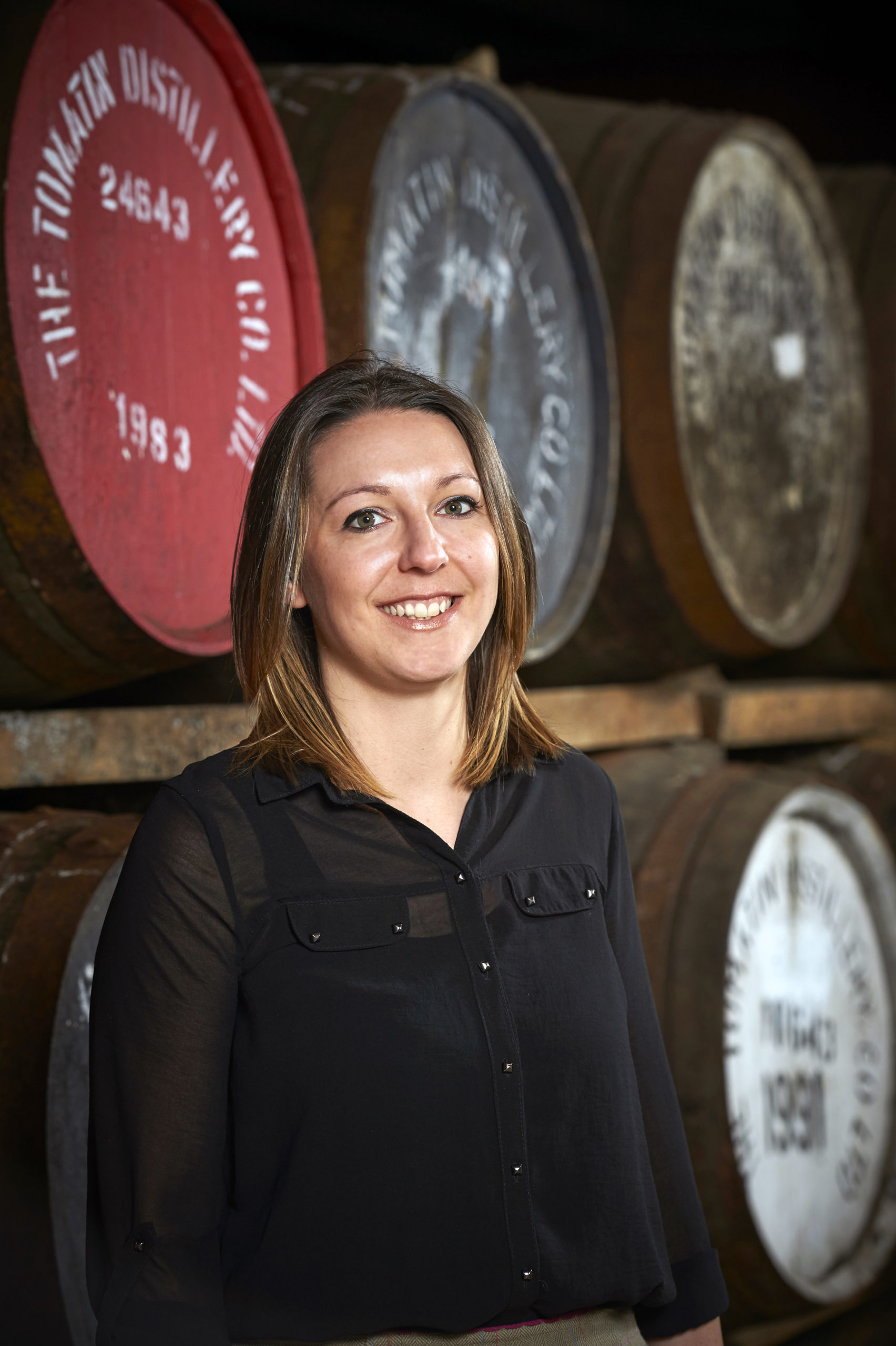With distilleries closed to tourists and challenges with their routes to market, what does the future hold for Scotland’s biggest food and drink export?
Worth an estimated £4.9 billion, the whisky export market is just one aspect of the Scotch whisky industry that has been affected by the ongoing coronavirus pandemic.
Distilleries have shut up shop ahead of their busiest months with not a tourist in sight, whisky festivals which have been running for two decades have come to a halt, and the industry as a whole is slowing production on the well-sought after liquid which generates £5.5 billion in gross value added (GVA) to the UK economy.
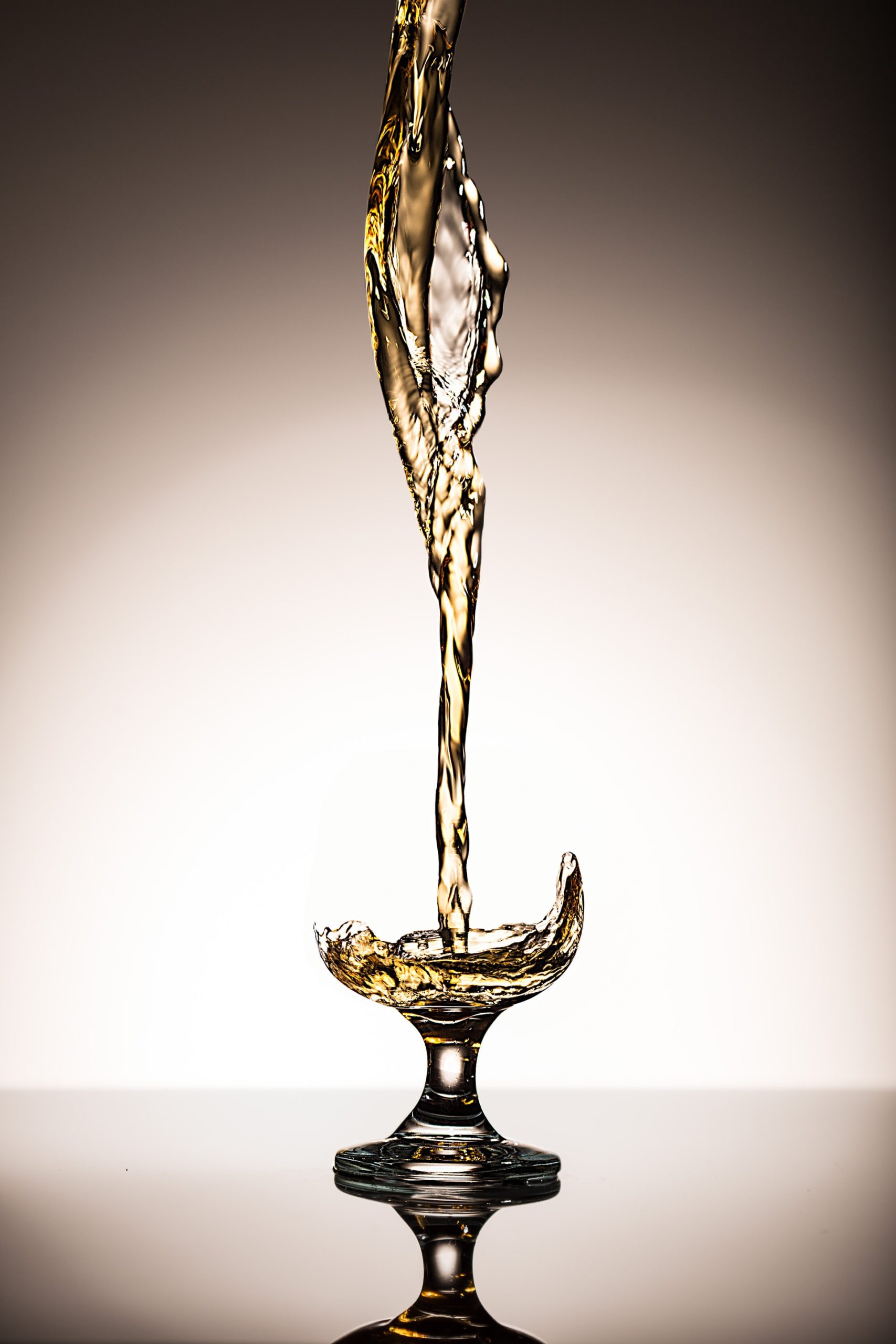
In the UK alone, the industry employs 40,000 people, with 10,000 based in Scotland, and usually welcomes around two million visits to Scotch Whisky distilleries a year, making the industry the third most popular tourist attraction in Scotland.
Taking place on Saturday (16th May), World Whisky Day is just another way the industry can come together, with many brands and distilleries partnering for special online events and distribution opportunities.
So what does the future hold for this strong-willed community?
“I think the industry, without doubt, will take a bit of time to recover. It’s not going to bounce straight back but I think there’s an air of positivity,” says Jennifer Masson, head of brand for Highlands-based whisky brand Tomatin Single Malt.
“What we’re doing is protecting the industry for when we come out of this, that’s what will get us through.”
“The coronavirus crisis is similar to how we’ve had to deal with Brexit. It’s really just a case of working with our stakeholders and making sure we partner with the relevant ones in each different market and make sure we put the right strategies in place.
“I don’t think there’s an air of doom and gloom at all. Everything we’re doing is to protect it so we can pick up and start straight away.”
According to the latest Scotch Whisky Association figures, 42 bottles (70cl @40% ABV) of Scotch Whisky are shipped from Scotland to 175 markets around the world each second, totalling more than £1.3 billion every year.
And Jennifer says that although markets are slower, whisky is still moving globally.
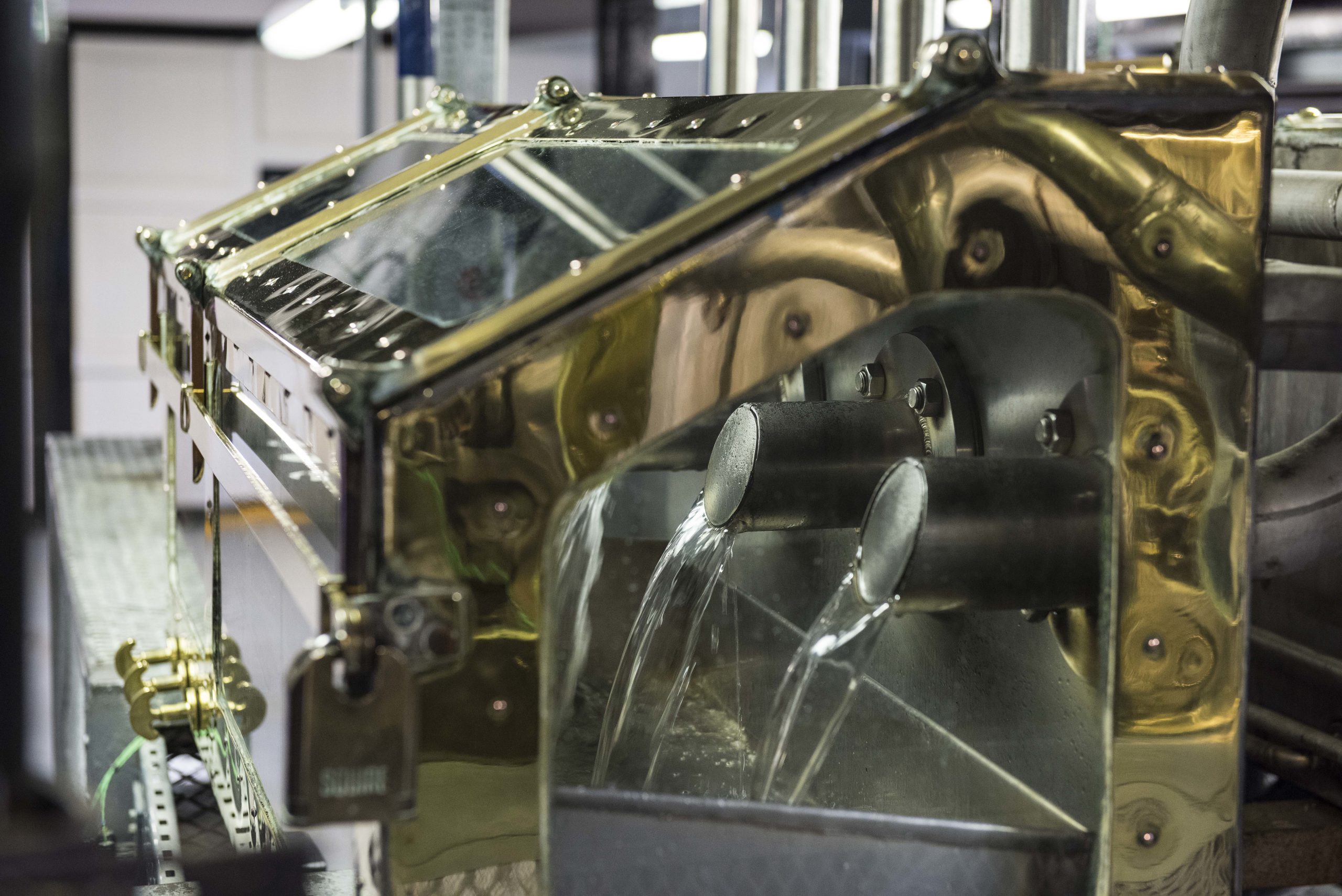
“In the UK we have a network of retailers and wholesalers who sell our products directly to the consumer. In terms of that we’ve been getting a lot of feedback that the traditional whisky shops are struggling if they don’t have an online outlet, naturally because they’ve had to close. The ones that do have online outlets have been doing really well with orders.
What we’re doing is protecting the industry for when we come out of this, that’s what will get us through.”
Jennifer Masson, head of brand at Tomatin Single Malt
“Our preference is to pass our products onto our customers as that will benefit everyone, but online is definitely something we’re looking into.
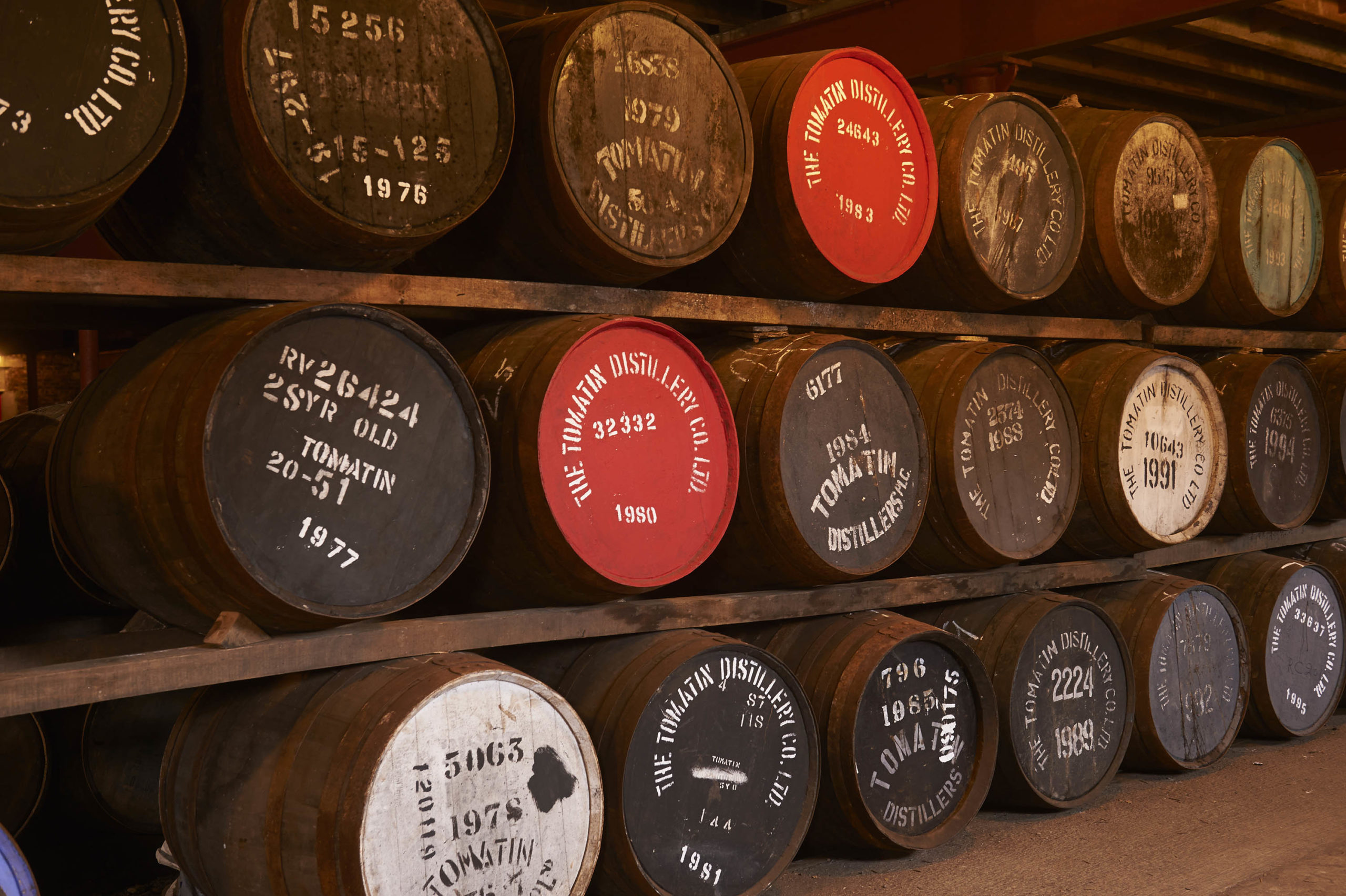
“Internationally it’s obviously dependent on the state of the market as to whether orders are coming in as the pandemic is at different rates at different parts of the world. We’re still selling to multiple international markets.”
And while many of us are scaling back on spending, those who can afford the finer things in life are most certainly still enjoying a luxury dram or two.
She said: “The Tomatin range is quite unique as we have whiskies that range from £30 to £10,000-plus. We’ve found the demand in the high-end and the luxury sector is still there. It hasn’t been affected. The demand for those types of products is definitely still there.
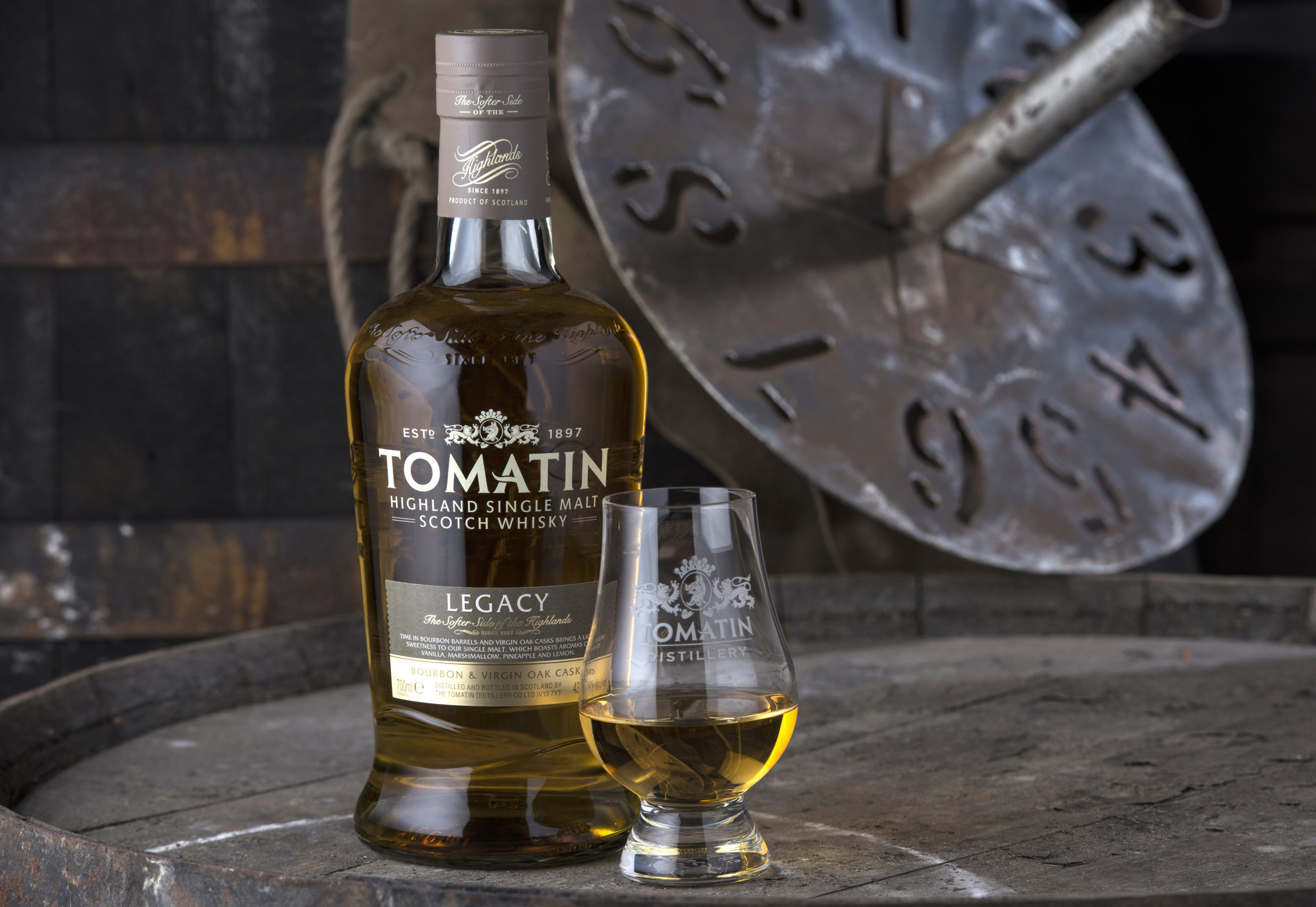
“The lower end, core range whiskies – people don’t have the extra income in their pockets, so our core products like Tomatin Legacy and our 12-year-old which are the key staples of the brand, that’s the ones people are looking for.”
With popular festivals like Spirit of Speyside, which attracts thousands of people internationally and runs more than 700 whisky-inspired events across six days, Tomatin, and a few friends, hosted the world’s first virtual whisky festival to help bring the community together.
“For our first Tomatin Lockdown Whisky Festival, more than 13,000 people have viewed it online. On the day we had 10,000 people log in to have a look at it. Throughout the event, which was over four hours, there was between 800 and 1,000 people online at all times, which is huge. We hosted it on YouTube and streamed it to Facebook.
“We came up with the concept to bring everyone together quite early on during lockdown. We reached out to our friends in the industry and we got a really positive reponse.
“We did it again on Saturday and we used it as a fundraising tool for our charity partner Maggies Highlands. They rely on events to generate funds. We had a target of £5K which we hit and we’ve managed to raise more than £8K with more money coming in. We had 5.5K people tune in for that.
William Wemyss, director of Kingsbarns Distillery in Fife echos Jennifer’s comments. While the brand has also seen a rise in online sales, safeguarding the industry and getting products out to those export markets is as vital as ever.
He said: “We sell to 13 markets across the globe. It’s a bit slower just now. Our Asian markets are less slower than the European markets because they’ve managed to control the virus better. They haven’t been as good as we’d have liked them to be but they haven’t come to a halt like some of the European markets.
“Well over 90% of most Scotch whisky gets exported. It’s not just about the UK, it’s looking at what’s happening to these important whisky market countries like Taiwan, France, Germany and more. It’s very easy just to look at the UK market, but the German market is now opening, so it’s important to keep these other markets in mind.
“Consumption of whisky won’t stop because of the coronavirus, but the way people buy it has changed. More people will be buying online and we see that continuing. We sell to a lot of independent retailers, restaurants, hotels and more, but a lot of these places are closed. The easiest way to get our products is on our website or on Amazon.”
One of the 133 Scotch whisky distilleries operating across Scotland, Kingsbarns released its first single malt in January last year and boasts a popular visitor centre which, for now, lies empty.
But what challenges will government guidelines and the re-opening of visitor centres bring with it? That’s one question William needs answers to.
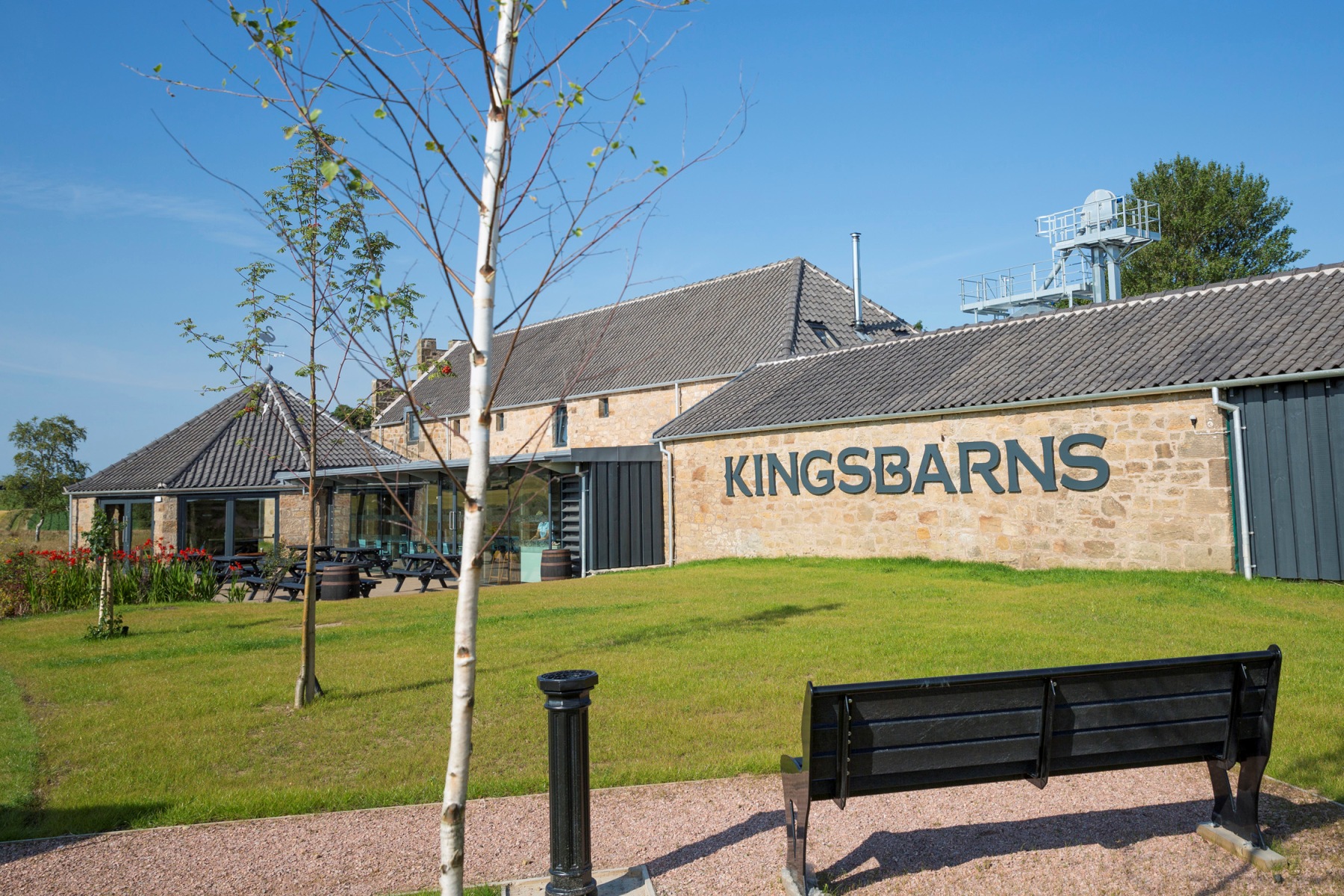
“We’re a relatively new distillery and we have a very active visitor’s centre which is unfortunately, like our distillery, closed at the moment. However, we are starting to distil again this week to create spirit which we’ll then be putting into barrels and waiting for them to rest.
“The production team who are on furlough will be taken off furlough when we re-start production. We’re very conscious of keeping our staff safe, but the production side of the team isn’t too big. It’s when we reopen our visitor centre with the cafe and the retail shop we’ll really have to put more measures in place. We’ll maybe have to limit the numbers on tours, and that sort of thing.”

But for now, he’s looking to the positives, and that comes in the form of increased online sales and exciting new products on the horizon.
He said: “Our main release, Dream to Dram, reflects our independent bottling and having our own distillery. It’s the only one we have on sale at the moment. We’re working on some others like a sherry expression which we’ll be releasing at the end of the year.
“We’ve got a peated release coming up too, with 14 different types of wood we’re maturing our spirit in to see what works and experiment a bit. We want, through this process, to find some really interesting new expressions and products we will release later on down the line.”

